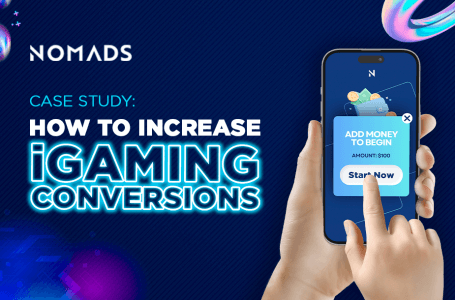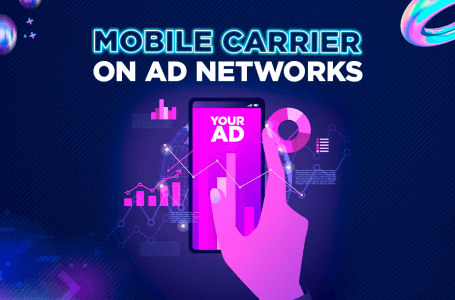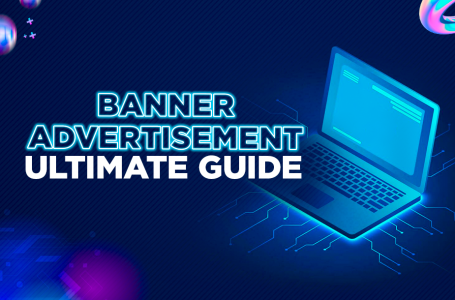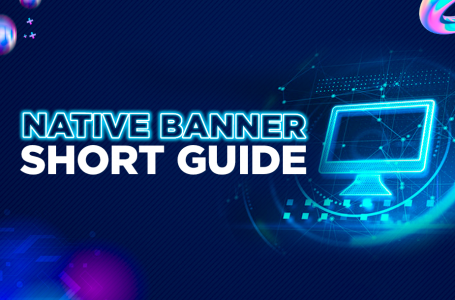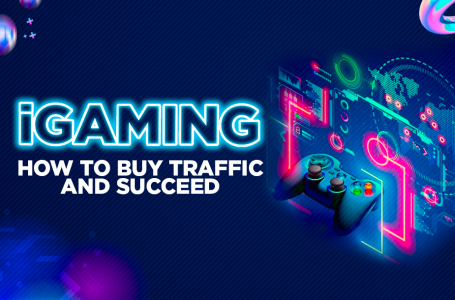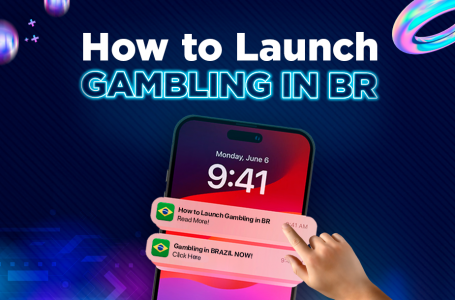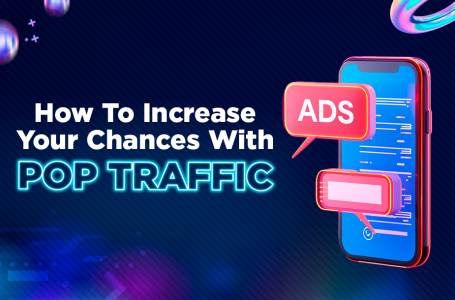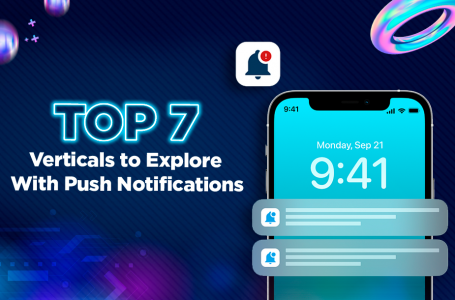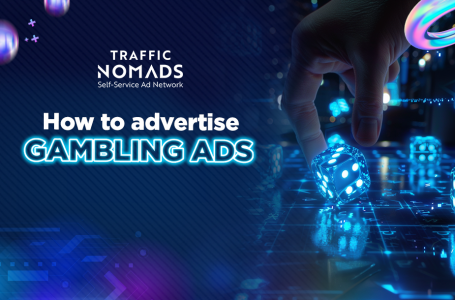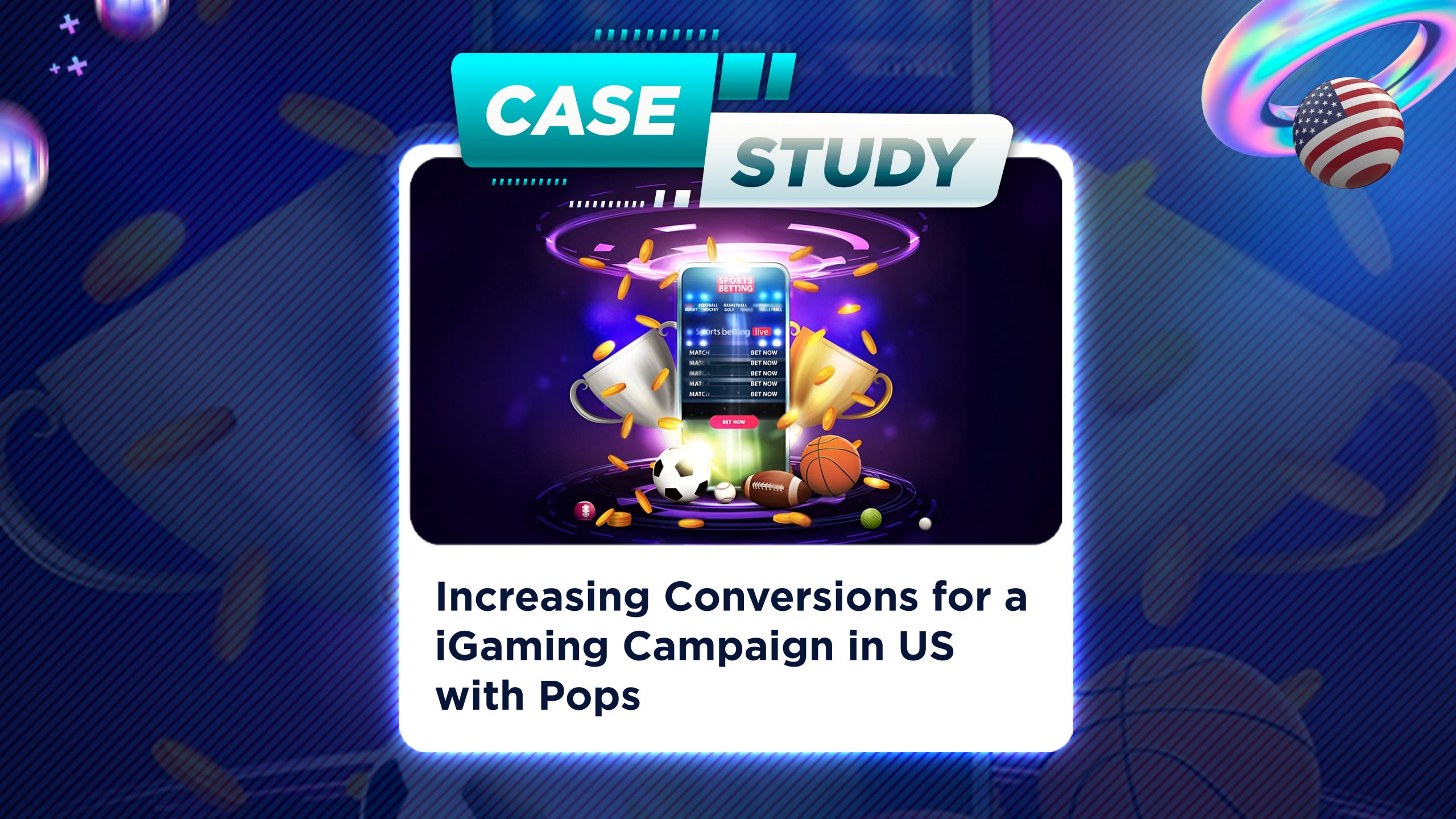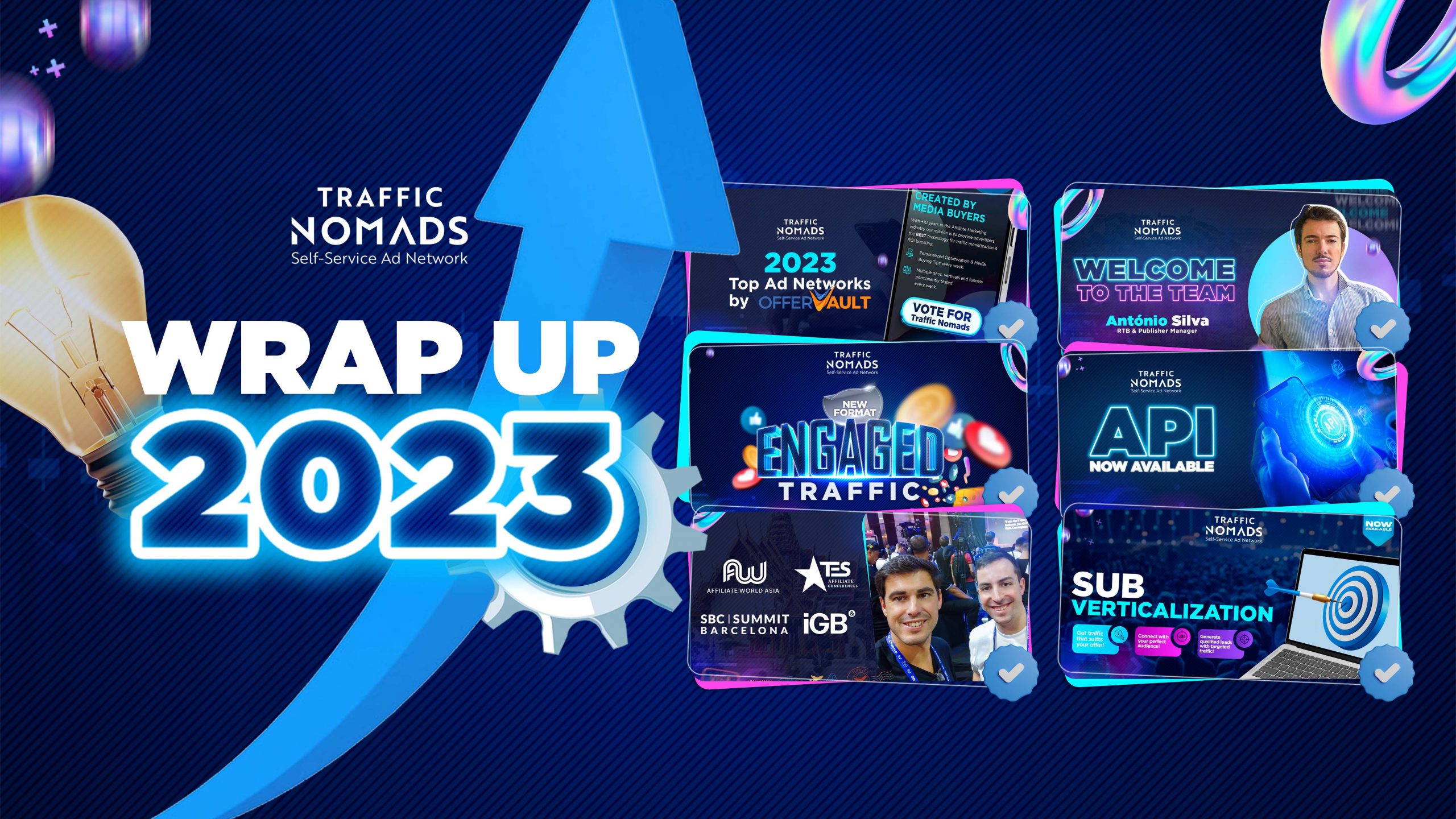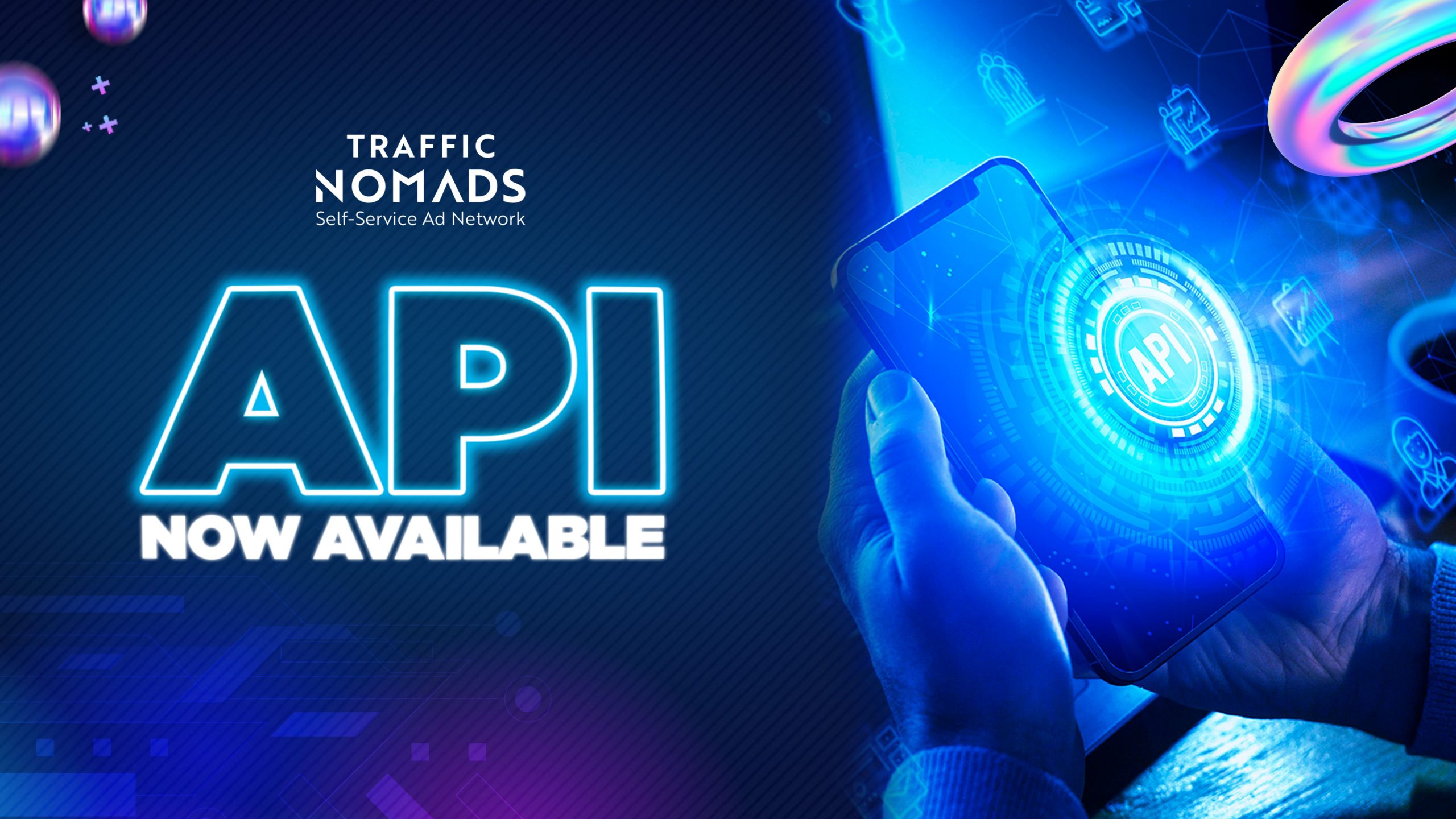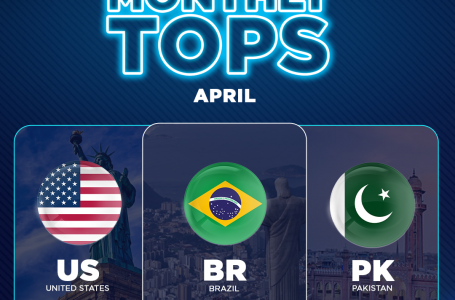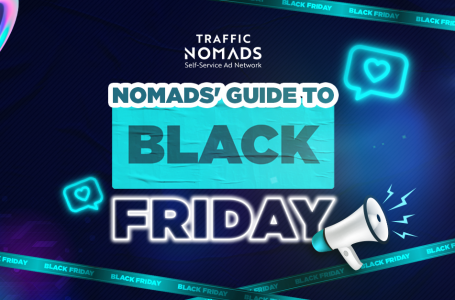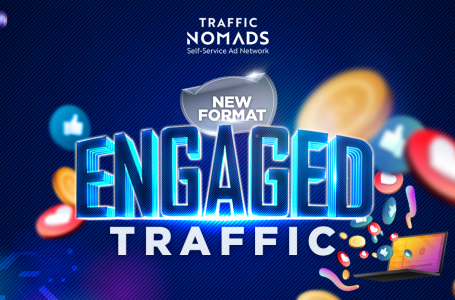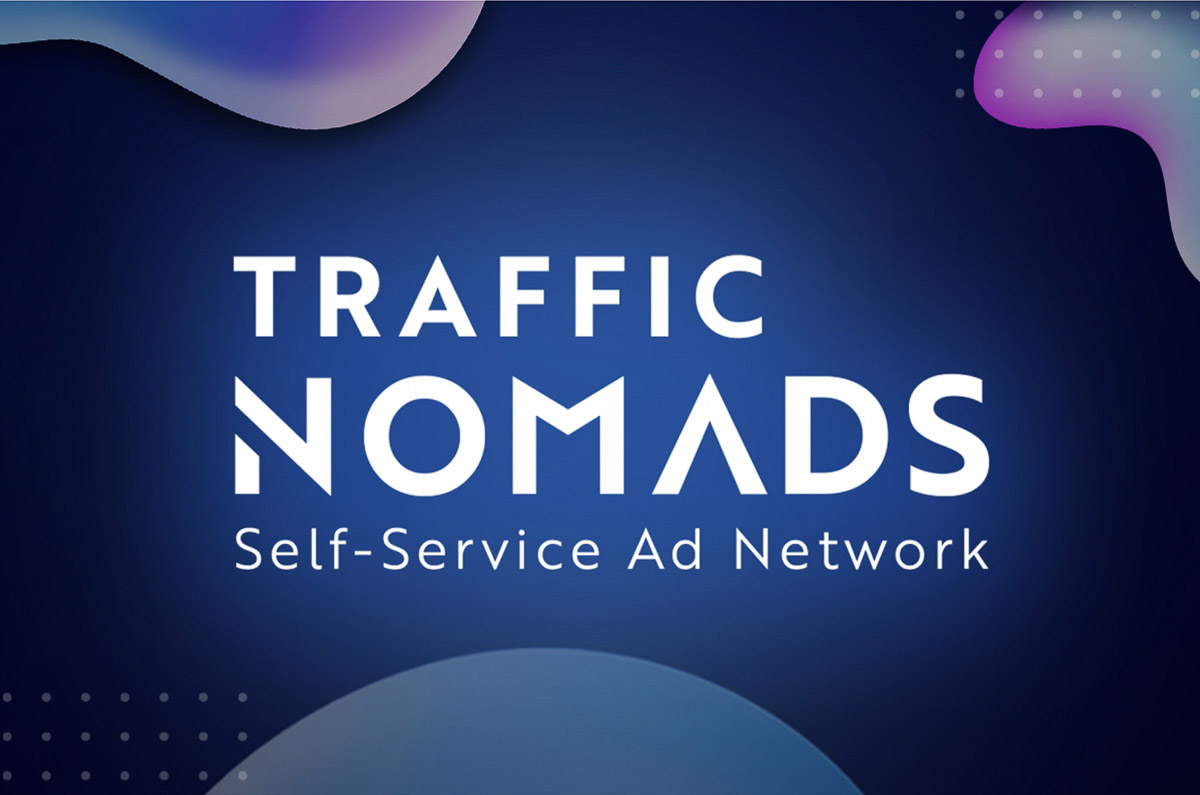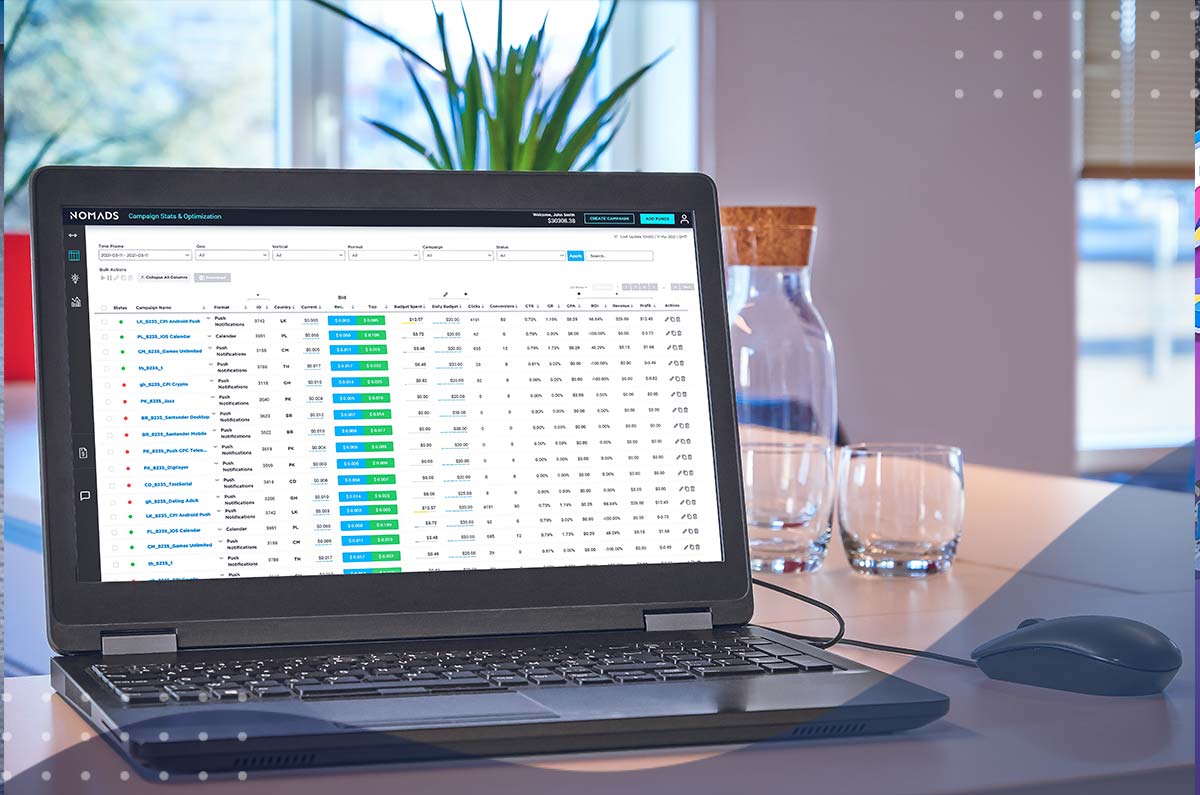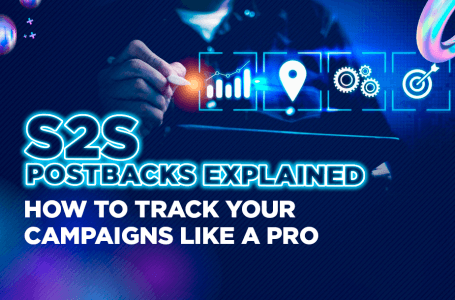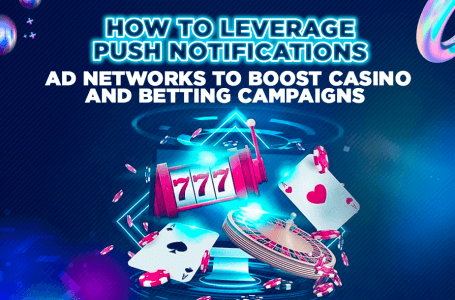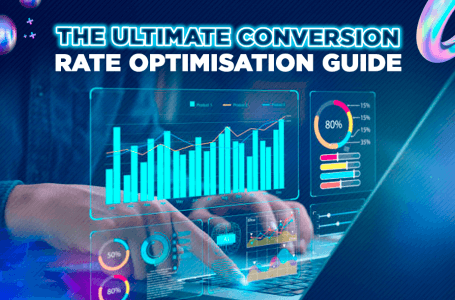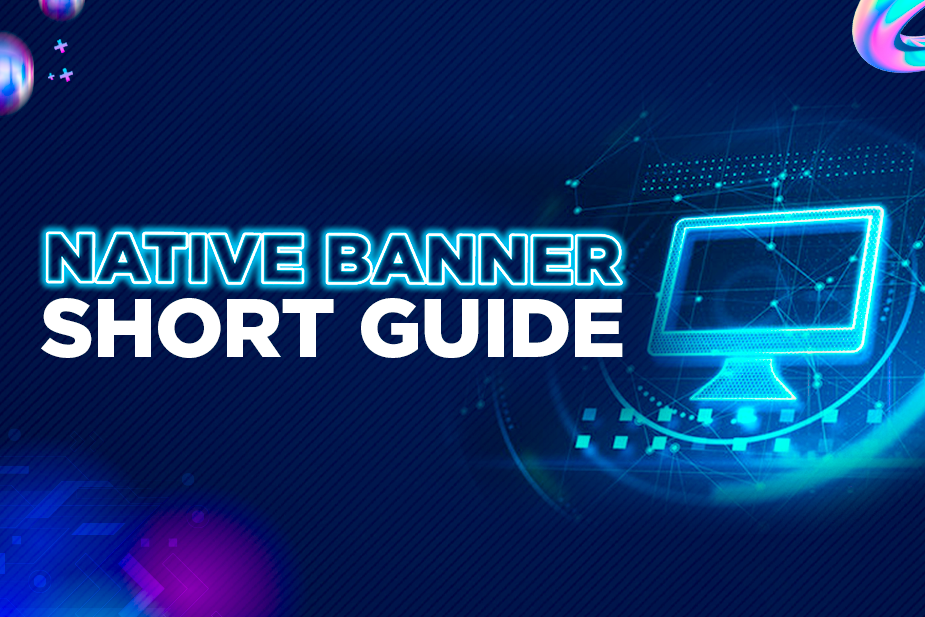
Native advertising is a powerful tool, seamlessly blending into the user experience and driving engagement without interrupting the flow. In this in-depth article, we’ll explore the ins and outs of native banners, uncovering the key strategies and best practices for success.
Understanding the effectiveness of native advertising
Native advertising has emerged as a powerful ad format that seamlessly integrates promotional content into the natural flow of a user’s online experience. Unlike traditional display ads that stand out and disrupt the user’s attention, native banners blend in with the surrounding content, creating a more organic and less intrusive advertising approach. This subtle integration has proven to be highly effective in capturing the audience’s attention and driving engagement.
At the heart of native advertising’s success lies its ability to leverage the trust and familiarity that users have with the platforms they frequent. By aligning the advertised content with the publisher’s editorial style and format, native banners create a sense of authenticity and relevance, making them more likely to be consumed and engaged with by the target audience. This level of integration and contextual relevance has been shown to increase click-through rates, conversion rates, and overall campaign effectiveness compared to traditional display advertising.
Furthermore, the rise of ad-blocking technology has made it increasingly challenging for traditional display ads to reach and engage with consumers. Native advertising, however, has been able to circumvent these obstacles by seamlessly blending into the user experience, often evading ad blockers and ensuring that the brand’s message is still delivered. This adaptability and ability to bypass ad-blocking software have made native advertising a crucial component of modern marketing strategies.
Benefits of using native banners
One of the primary benefits of using native banners is their ability to capture the attention of the target audience without disrupting the user experience. By aligning the advertisement with the natural content of a website or platform, native banners create a sense of familiarity and trust, making them more likely to be noticed and engaged with by the viewer.
Additionally, native banners have been shown to drive higher click-through rates and conversion rates compared to traditional display ads. This is due to the inherent relevance and contextual fit of the advertisement, which resonates more with the audience and encourages them to take the desired action.
Another significant advantage of native banners is their ability to reach a wider audience and increase brand awareness. By using the existing user base and trust of the publisher’s platform, native banners can expose a brand to a vast and engaged audience, effectively expanding the brand’s reach and visibility.
Native banner optimization techniques
Optimizing native banner campaigns is crucial for maximizing their effectiveness and driving desired outcomes. One key optimization technique is to continuously test and refine the banner’s visual elements, including the imagery, headline, and call-to-action.
By conducting A/B testing and analyzing the performance of different banner variations, marketers can identify the most engaging and effective design elements and make data-driven decisions to optimize the campaign.
Another important optimization technique is to leverage audience targeting and segmentation. By understanding the specific interests, behaviors, and demographics of the target audience, marketers can tailor the native banner content and placement to maximize relevance and engagement.
Measuring the success of native banner campaigns
Measuring the success of native banner campaigns is essential for understanding the impact of your marketing efforts and making informed decisions for future campaigns. One of the key metrics to track is click-through rate (CTR), which provides insights into the level of user engagement with the native banner.
Additionally, it’s important to monitor conversion rates, which measure the percentage of users who take the desired action, such as making a purchase or signing up for a newsletter. By tracking these metrics, marketers can assess the overall effectiveness of the native banner campaign and make adjustments to improve performance.
Beyond traditional metrics, it’s also valuable to consider metrics that capture the broader impact of native advertising, such as brand awareness, brand sentiment, and long-term customer loyalty. These metrics can help marketers understand the broader, more holistic impact of native banner campaigns on the overall business objectives.
Native banner pitfalls to avoid
While native banners can be a powerful marketing tool, there are also potential pitfalls that marketers should be aware of and avoid:
- Lack of Transparency: It’s crucial to ensure that native banner content is clearly labeled as sponsored or promotional, maintaining transparency with the audience and avoiding any deception or misleading practices.
- Irrelevant or Intrusive Content: Native banners that are not closely aligned with the user’s interests or the platform’s content can come across as irrelevant or intrusive, leading to a negative user experience and diminished campaign effectiveness.
- Overuse or Saturation: While native banners can be highly effective, excessive use or saturation of these ads can lead to banner blindness and a decrease in overall engagement and impact.
- Failure to Optimize: Neglecting to continuously test, analyze, and optimize native banner campaigns can result in a not so good performance and missed opportunities for improvement.
Conclusion
In conclusion, native banners have emerged as a powerful ad format that can help brands and businesses achieve their advertising goals in a more seamless and effective manner. By understanding the benefits of native advertising and using the right platforms and optimization techniques, marketers can unlock the full potential of this innovative advertising approach.
